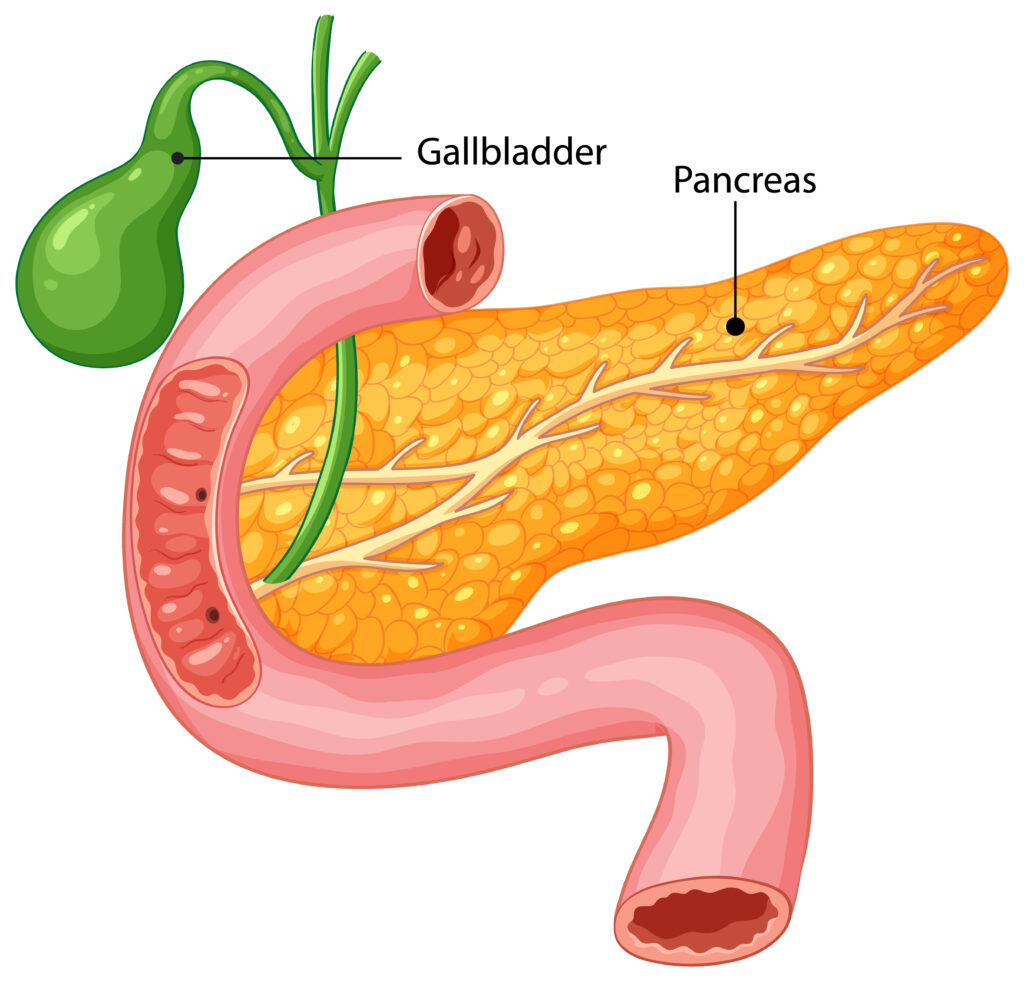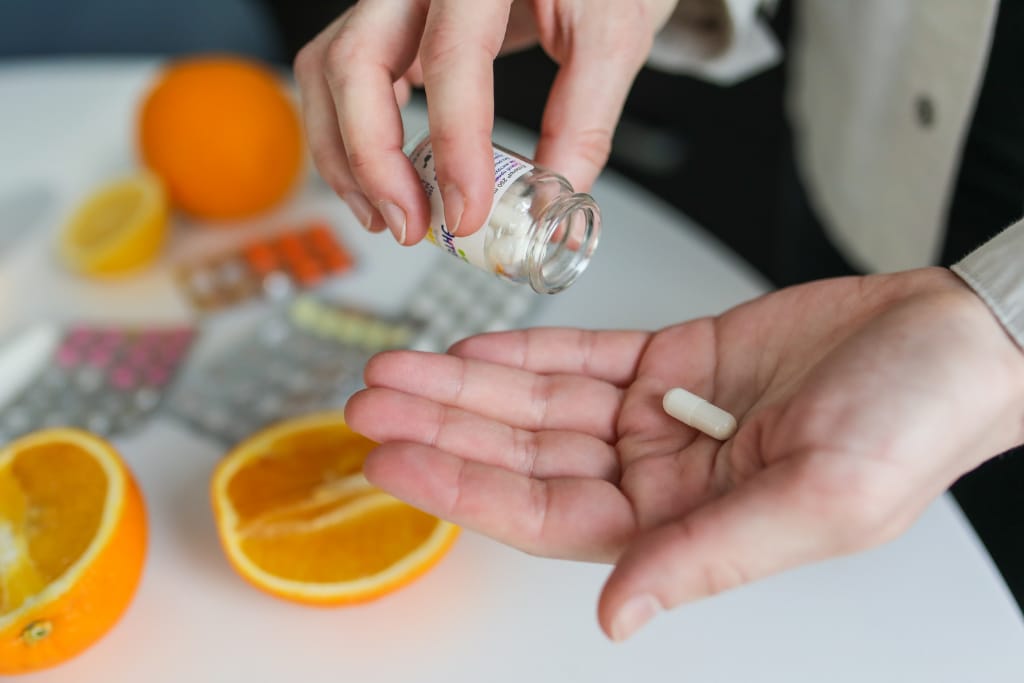Tuberculosis (TB) remains one of the world’s most persistent public health challenges. Despite decades of research, modern medicine and global eradication campaigns, TB continues to claim millions of lives particularly in low- and middle-income countries where access to effective care remains limited. While high-income nations have significantly reduced infection rates, resource-constrained regions still struggle to provide consistent TB treatment, proper diagnostics and adequate patient support.
This blog explores the key barriers to TB care in low-income countries, current treatment strategies (including latent TB treatment), emerging innovations and the urgent steps needed to make tuberculosis therapy equitable and accessible to all.
Understanding the Global Burden of TB Treatment
According to the World Health Organization (WHO), around 10 million people develop TB every year and over 1.3 million die from it. Most of these deaths occur in developing nations, where poverty, limited healthcare infrastructure and stigma create major hurdles for diagnosis and treatment.
Countries across sub-Saharan Africa, South Asia and Southeast Asia carry the highest burden, accounting for almost 80% of new TB cases annually. This is not just a medical issue it is a matter of global justice and social equality.

Barriers to TB Treatment in Low-Income Regions
- Limited Healthcare Infrastructure
Many low-income countries lack properly equipped health centres. Essential diagnostic tools such as GeneXpert machines or digital X-rays are not always available, delaying accurate TB diagnosis. Without proper diagnosis, effective tuberculosis treatment cannot begin in time.
- Drug Shortages and Supply Chain Gaps
In several regions, the supply of TB medications is unreliable. Interruptions in drug supply lead incomplete treatment courses, which increases the risk of drug resistance. The emergence of multidrug-resistant TB (MDR-TB) has made treatment longer, more expensive and more toxic for patients.
- Stigma and Misconceptions
TB still carries a social stigma in many communities. People hesitate to seek care because they fear discrimination, isolation or job loss. Misunderstandings about tuberculosis natural treatment methods also discourage patients from adhering to prescribed medical regimens.
- Financial Barriers
Even when treatment is technically free, indirect costs such as transportation, lost wages and additional food expenses can make TB care unaffordable. For families already struggling with poverty, completing the full six-month treatment course can be almost impossible.
- Weak Surveillance and Data Systems
Inaccurate or incomplete data make it difficult for governments and global health organizations to allocate resources effectively. Many TB cases go unreported, leading to an underestimation of the true disease burden.
TB Treatment: Standard Protocols and Progress
Standard TB treatment consists of a combination of antibiotics taken for six months or more. The most common regimen includes isoniazid, rifampicin, pyrazinamide and ethambutol during the initial phase, followed by a continuation phase with fewer drugs.
Shorter Regimens and New Drugs
Recent years have seen the development of shorter regimens that can treat drug-sensitive TB in as little as four months. New medications like bedaquiline and delamanid have brought hope for patients with drug-resistant TB, reducing mortality and improving outcomes.
Latent TB Treatment
Latent TB infection (LTBI) occurs when a person carries the Mycobacterium tuberculosis bacteria but does not show symptoms. Without treatment, about 5 to 10% of these individuals will eventually develop active disease. Latent TB treatment plays a crucial preventive role, especially among people living with HIV or those in close contact with active TB cases.
According to latent TB treatment guidelines, short-course regimens using rifapentine and isoniazid for three months (known as 3HP) are now preferred over older six- or nine-month courses. These shorter treatments are improving patient compliance in low-resource settings.
Tuberculosis Natural Treatment: Myths vs. Reality
Many communities still believe in tuberculosis natural treatment methods such as herbal remedies, special diets or home-based therapies. While nutrition and healthy living can support the immune system, there is no scientific evidence that natural remedies alone can cure TB.
The best approach is combining medical treatment with supportive care balanced nutrition, adequate rest and psychological support. Integrating culturally accepted complementary practices with scientifically proven TB treatment may improve community trust and adherence but replacing medical therapy with traditional methods can lead to severe complications or death.
Innovations Improving TB Treatment Access
- Digital Health Solutions
Mobile health (mHealth) apps and SMS reminders are now helping patients adhere to treatment schedules. Programs like 99DOTS and Everwell use phone-based monitoring to ensure daily drug intake which is critical for treatment success.
- Community-Based TB Programs
Involving local health workers and volunteers has proven effective. They conduct home visits, monitor side effects and provide counseling, bridging the gap between patients and health systems. This approach has been particularly successful in rural Africa and South Asia.
- Decentralized Care Models
Instead of requiring patients to visit centralized hospitals, TB care is being integrated into primary healthcare centers. Decentralized models make treatment more accessible, especially for people in remote areas.
- Public-Private Partnerships
Collaborations between governments, NGOs and private healthcare providers are essential to expand access. Programs like the Global Fund and USAID’s End TB initiative are funding new diagnostic tools, community awareness and training for healthcare workers.
- Shorter and Safer Regimens
Ongoing research aims to shorten both active and latent TB treatment courses. Shorter regimens reduce patient fatigue, lower dropout rates and minimize side effects, leading to better outcomes overall.
Steps to Improve TB Treatment Access
- Strengthen Health Infrastructure
Governments must invest in diagnostic facilities, drug procurement systems and laboratory networks to ensure timely and quality treatment. - Expand Funding and Global Support
Sustained financing from global donors, local governments and public-private partnerships is essential to maintain drug supplies and support ongoing research. - Empower Communities Through Education
Awareness campaigns can dispel myths about tuberculosis natural treatment and encourage early diagnosis and adherence to prescribed regimens. - Enhance Surveillance and Data Collection
Strong data systems help track treatment success rates and identify gaps in care. - Integrate TB Programs with HIV and Primary Health Services
Co-treatment programs can reduce costs and make healthcare more patient-friendly. - Support Patients Financially and Psychologically
Providing nutritional support, transportation subsidies and counseling can greatly improve adherence.
The Role of Global Collaboration
TB elimination cannot be achieved by one country or one organization alone. International cooperation is vital for sharing research, improving diagnostics and ensuring affordable drug pricing. Initiatives like the WHO End TB Strategy, Stop TB Partnership and the Global Drug Facility continue to play critical roles in scaling up access to essential medicines and treatment innovations.
Frequently Asked Questions About TB Treatment
- What is the standard duration of TB treatment?
The typical treatment lasts six months but may extend to nine months or more for drug-resistant cases. - Is TB completely curable?
Yes. With the right combination of drugs and full adherence, TB is curable in most cases. - What are the common side effects of TB medication?
Side effects include nausea, liver irritation, fatigue and mild allergic reactions. Serious effects are rare but require medical attention. - Can TB be treated at home?
Treatment should always be guided by a healthcare professional, though much of it can be taken at home with regular medical monitoring. - What is latent TB?
Latent TB means you have the bacteria in your body but show no symptoms. You are not contagious, but you can develop active TB later. - Why is latent TB treatment important?
It prevents the infection from progressing to active disease, protecting both the individual and the community. - Are there natural ways to treat TB?
Natural remedies can support health but cannot replace prescribed antibiotics. Always follow medical advice for effective treatment. - What happens if someone stops TB treatment early?
Incomplete treatment can lead to relapse and drug resistance, making the infection harder to cure. - How can governments improve TB treatment access?
By strengthening healthcare systems, improving drug availability and reducing financial barriers for patients. - Is TB treatment free in low-income countries?
In most countries, treatment is free through public health programs, though indirect costs may still burden patients.
Conclusion:
Improving TB treatment access in low-income countries is not only a medical necessity but a moral obligation. Despite significant scientific progress, millions still lack access to timely diagnosis and quality therapy. Addressing barriers like poverty, weak infrastructure and social stigma is essential to achieving global TB elimination goals.
Efforts must focus on expanding latent TB treatment, integrating evidence-based guidelines and dispelling myths surrounding tuberculosis natural treatment. With continued innovation, collaboration, and commitment, the world can move closer to a future where TB is no longer a disease of poverty but a chapter of history we have finally closed.



